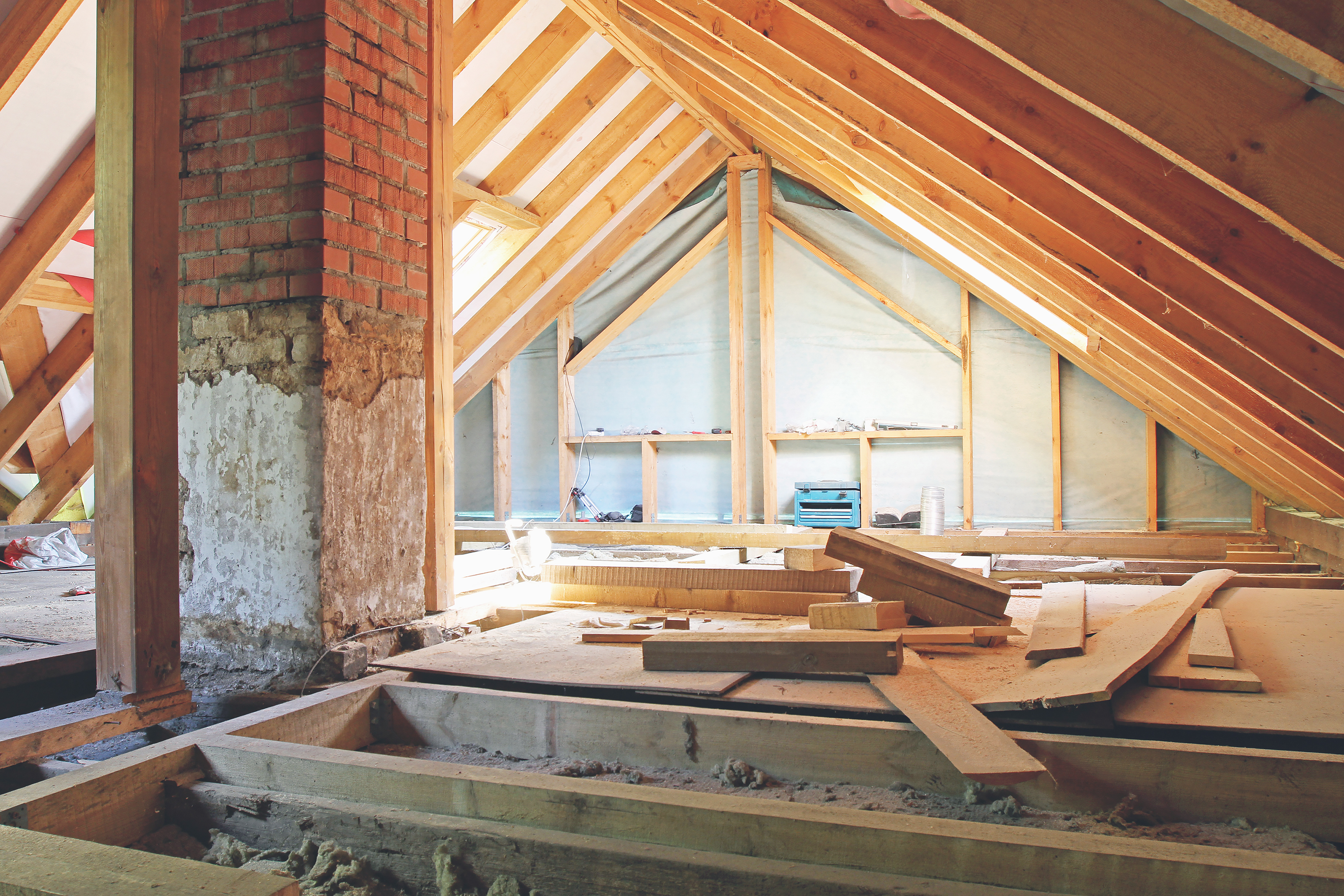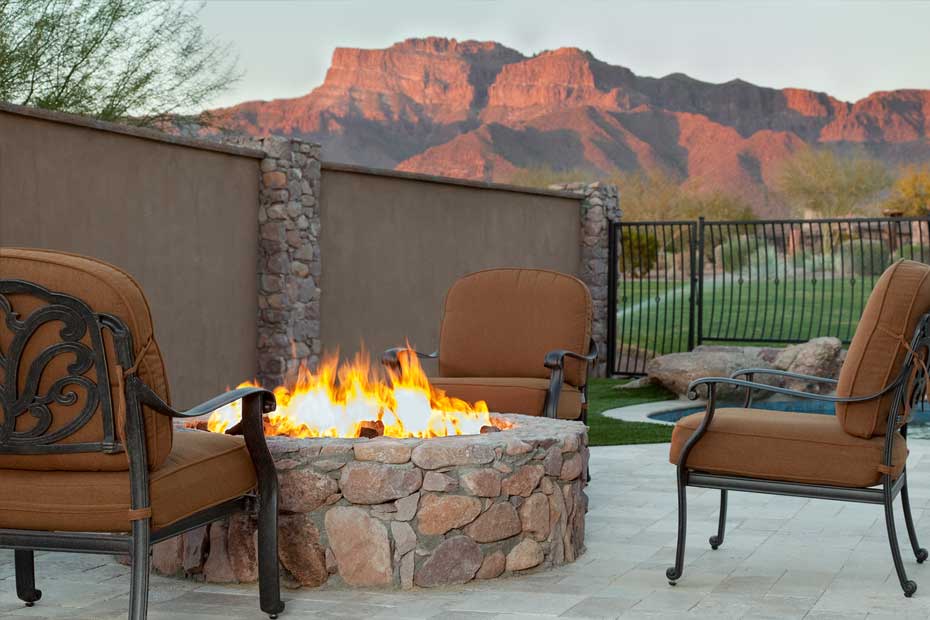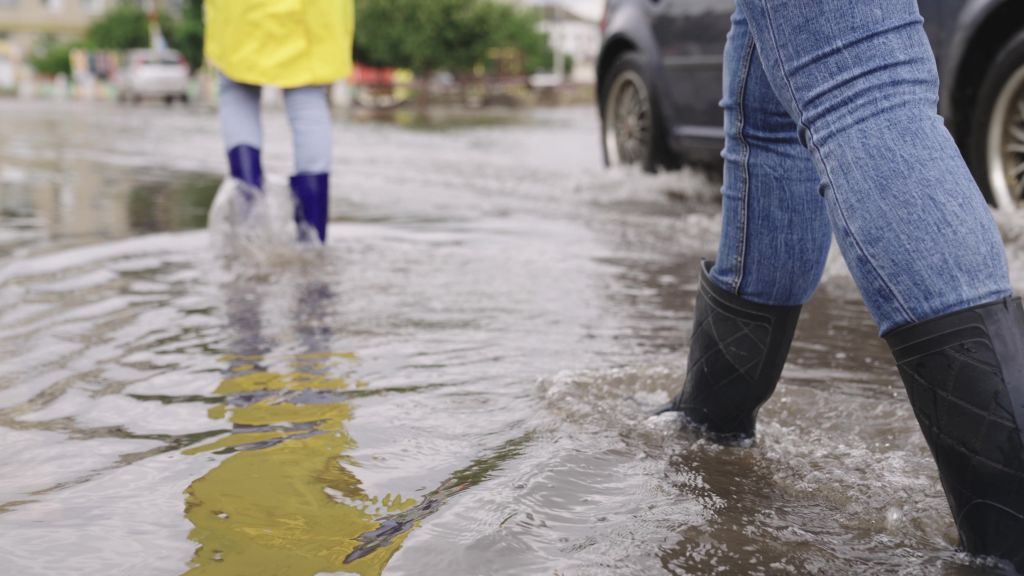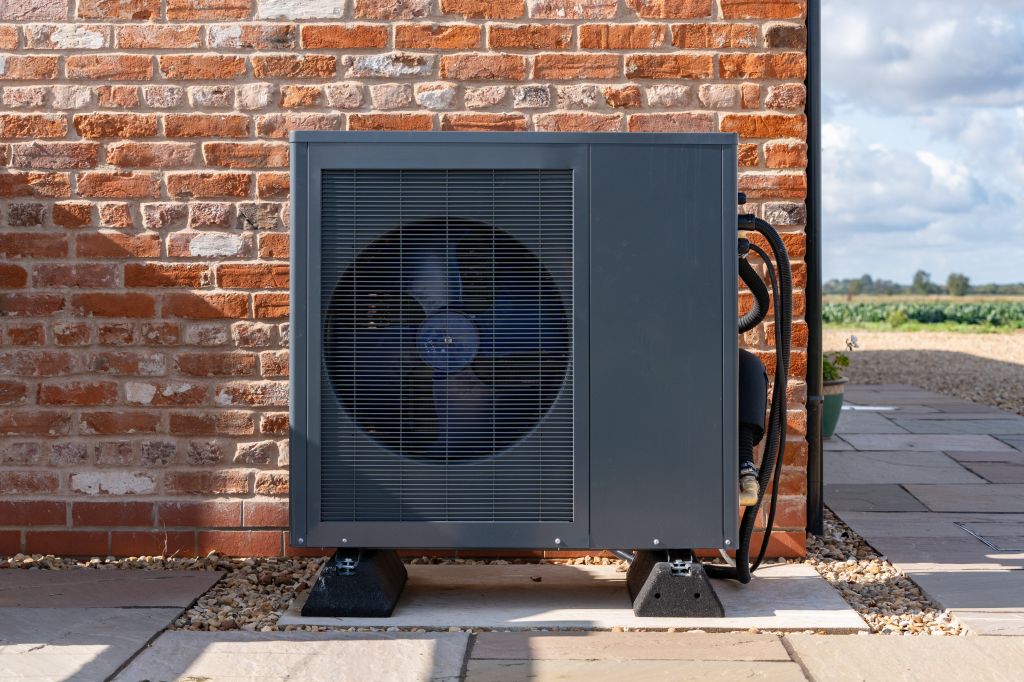Published April 1, 2024 • 8 Min Read
Heating and cooling a home without good insulation and air sealing — also known as having a “loose building envelope” — is a bit like driving a car in the winter with the windows rolled down.
Imagine driving your car on a bracingly cold winter day. Instead of turning the heat up high and rolling the windows up, you let the freezing cold air flow right through your open windows as you zoom down the highway. Even the most powerful car heater won’t stand a chance at keeping the car toasty — and you’ll waste energy and money trying to stay warm.
Ensuring your home has a sufficient building envelope is the first step to making your home more energy-efficient. In this article, you’ll learn how your home might be losing energy and increasing utility bills unnecessarily, and what you can do to improve it.
What is a building envelope?
A building envelope is the surface of the house consisting of the crawlspace or basement structure and floor, the above-grade walls, windows, and doors, and the roof. Its purpose is to maintain the interior conditions and shield from the exterior environment.
A “tight” building envelope is energy-efficient, while a “loose” building envelope is inefficient.
There are many causes of a loose building envelope, including poor initial home design and selection of building materials. A home’s age, how well it’s been maintained, and the quality of home improvements over time can also contribute to a loose building envelope.
A home’s building envelope has a significant impact on the efficiency and long-lasting comfort of the home.
Why is a building envelope important?
Higher efficiency and lower utility costs are just two reasons a tight building envelope should be a priority. A tight building envelope can also improve living standards: Proper air sealing (like weatherstripping and caulking) can ensure healthier indoor air quality and prevent mould buildup.
Heating and cooling systems like furnaces, air conditioning or heat pumps will need to work less hard to keep a well-insulated home at the desired temperature. When appliance efficiency increases, energy use goes down — which can also mean less money spent on bills. A tight building envelope can also make the power generated by renewable energy sources, like solar energy, go further.
Read more: Tips for consuming less energy at home, reducing greenhouse gas emissions, and saving on utility bills.
What makes a good building envelope?
There’s a basic principle to keep in mind when you consider steps to improve the efficiency of your home by tightening the building envelope: Heat moves when there is a difference in temperature. More specifically, heat moves from warm areas to cold areas.
The goal of tightening your home’s building envelope is to reduce the flow of hot air outside during the winter and prevent heat from coming inside during the summer. The ideal outcome: Efficient appliances and lower energy consumption and bills. Put simply, prioritizing a tight envelope means finding and fixing the potential causes of building envelope failure throughout your home.
Here are three ways to tighten your home’s building envelope:
1. Find the air leaks
Since you know the components of a building envelope, the first step to tightening it is to pinpoint exactly where hot air is entering and leaving your home. You can start this task yourself: Focus on areas where different building materials come together. For example, cracks are common where a home’s foundation and walls connect.
Air leaks are also common where a home’s wood siding meets bricks in a wall or foundation. Other parts of the building envelope that should be investigated are the door and window frames, wooden floorboards, and the attic. If the eaves of your roof frequently have large icicles in the winter, that’s a sign that the attic could be better insulated.
An EnerGuide advisor can also conduct an evaluation of your home to identify areas where you can improve energy efficiency. The evaluation includes a blower door test to find air leaks. A blower door is a fan that lowers the air pressure inside a home. When that happens, high-pressure air from outside is drawn into the home through cracks and other parts of the building envelope that aren’t sealed.
2. Plug the small leaks yourself
After you diagnose the specific places where your building envelope is allowing unwanted airflow, the next step is to plug the leaks. The best ways to do this will depend on where the leaks are, but there are many straightforward tasks you can do yourself. If you rent your home, you may find that these budget-friendly jobs help to reduce your energy bills.
For example, if you can feel the cold air rushing in at the bottom of your door, here are some things you can do:
-
Invest in or replace your draft stopper or door snake
-
Install rubber tubing to prevent the flow of air through your wooden floorboards
-
Implement a generous use of silicone caulk to prevent air flow around your windows
-
Caulk any cracks you see on the exterior of the house to prevent both air and insects from invading your home
-
If you have a fireplace, use a flashlight to make sure the chimney damper fully closes — if not, contact a certified chimney specialist to fix it
-
Use removable caulk to seal windows that you don’t use often
3. Plan for bigger insulation and air-sealing projects
After you finish plugging as many air leaks as possible yourself, your home may still be able to benefit from large-scale projects like insulating a roof, walls, or floors or swapping out windows and doors. Especially handy homeowners may be able to complete some of these projects on their own while others may be better handled by professionals.
Whether you decide to take on these projects yourself or hire a professional, more ambitious retrofits demand planning. This can include investigating which projects qualify for financing under the Canada Greener Homes Loan and other rebates.
Projects that qualify under the Canada Greener Homes Loan program include:
Adding insulation
Basements can account for around 20 percent of a home’s total heat loss. After an assessment of where heat is escaping under your home — which can be done by checking for dampness or searching for cracks — you can come up with a strategy to add heat-saving insulation on the inside or outside of the home, as well as decide if it’s a job you can handle or need to outsource to a pro. You can also conduct similar assessments of the adequacy (or inadequacy) of insulation in your roof, walls, and crawl space to identify opportunities to tighten your home’s envelope.
Replacing windows and doors
Windows and doors can be even leakier than a basement, as they’re responsible for 25 percent of a home’s heat loss. If you can’t repair them properly enough to plug the leaks, consider replacing windows with efficient ENERGY STAR-certified windows. Weatherstripping the top and sides of a door frame with vinyl tape can limit air leaks. But in some cases, a replacement may be worthwhile. Depending on the type of door, ENERGY STAR versions may be available. If you decide to hire a contractor, ask if they have experience doing similar door replacements and find out if they can offer a warranty on their work and the equipment they use.
Learn more about the Canada Greener Homes Initiative and find programs in your province that could help cover the costs of building envelope improvement plans.
What impact do our homes have on climate change?
Because a poorly insulated home is unable to keep cold air out in the winter and hot air out in the summer, it requires a lot of energy to stay comfortable. As we’ve established, consuming large amounts of energy to run heaters, air conditioners, and heat pumps increases energy use. And if the energy used to keep homes warm or cool comes from fossil fuels, more concentrated levels of greenhouse gases are emitted, which contribute towards global warming and climate change.
The emphasis on improving building envelopes makes a lot of sense for Canadians. Indeed, Canada’s 14.5 million homes are responsible for one-sixth of all the energy used in the country and produce almost 14 percent of energy-related greenhouse gas emissions.
Two-thirds of homes in Canada were built before codes were in place, and your home could be one of them. By improving your home’s building envelope, you could reduce energy bills and have a positive impact on the planet. Whether small or large, the changes you make can have significant effects, and what might seem like a huge undertaking could become more attainable with financial assistance from the government to help cover the costs.
This article is intended as general information only and is not to be relied upon as constituting legal, financial or other professional advice. A professional advisor should be consulted regarding your specific situation. Information presented is believed to be factual and up-to-date but we do not guarantee its accuracy and it should not be regarded as a complete analysis of the subjects discussed. All expressions of opinion reflect the judgment of the authors as of the date of publication and are subject to change. No endorsement of any third parties or their advice, opinions, information, products or services is expressly given or implied by Royal Bank of Canada or any of its affiliates.
Share This Article






